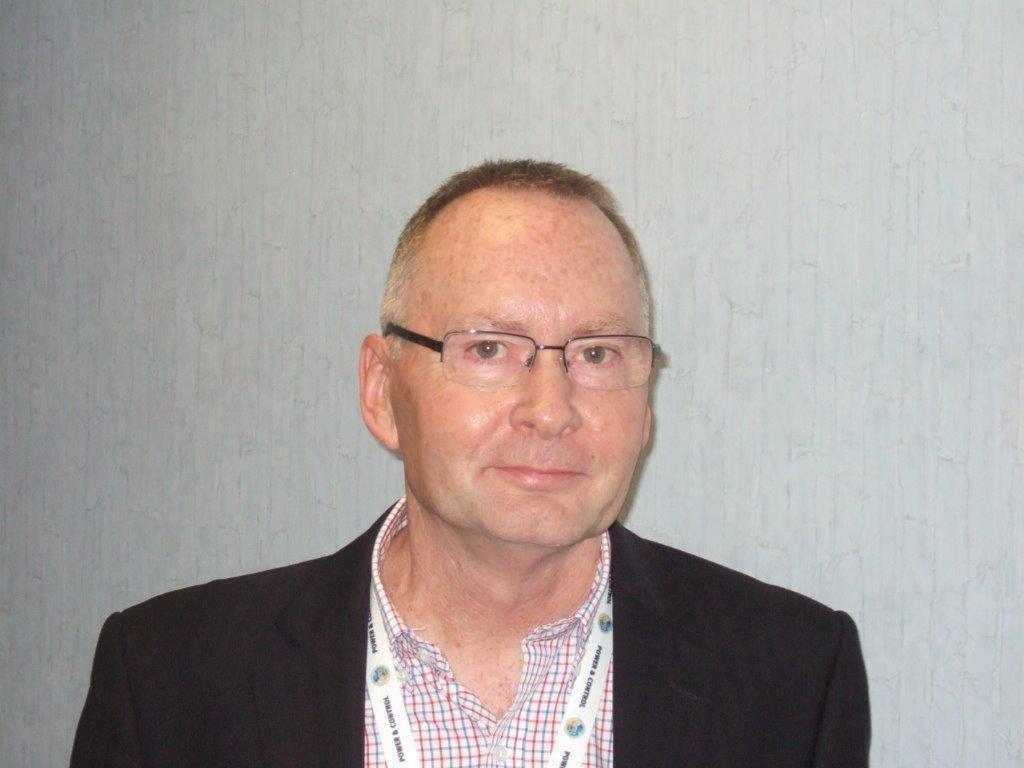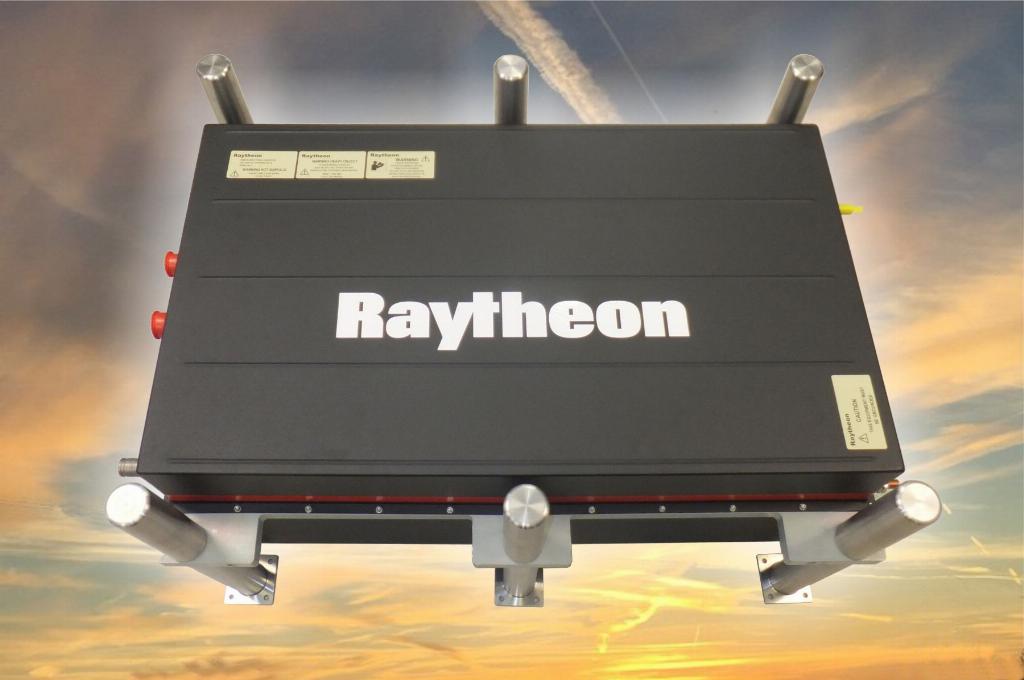More with less

The More Electric Aircraft philosophy is increasingly being talked up as a potential weight-saver for future programmes.
ardson meets with Raytheon’s Business Manager for Integrated Power Solutions, Steve Clerkin, to learn more.
Offer a design engineer the opportunity to halve the weight, halve the size and double the power of their components and they would be the first to shake you by the hand. If future weight savings in tomorrow’s civil aircraft are to be truly realised, then initiatives like the More Electric Aircraft (MEA), which places less reliance on traditional pneumatic and hydraulic systems, would seem like a great place for them to start.
However, harnessing electricity as a common energy carrier requires a far more versatile and intelligent power architecture, plus much more efficient and higher density conversion technology, if these aims are to be realised.
Raytheon UK’s Integrated Power Solutions (IPS) business unit says its MEA journey of innovation continues unabated with the recent launch of a bi-directional primary power convertor, capable of converting DC to AC in order to start an engine and then (once the engine is running) converting AC to DC to meet the aircraft’s electrical load requirements. The company has also recently prototyped a power module for high-speed electrical switching applications in harsh environments. Fabricated using Raytheon’s proprietary High Temperature Silicon Carbide (HiTSiC) process, the prototype has, at the time of writing, amassed more than 2,000 hours of stable operation at 300oC.
“The aerospace industry’s More Electric Aircraft journey has only recently commenced, and it will continue for a good few decades,” begins Raytheon’s business manager of Integrated Power Solutions, Steve Clerkin. “What is known now though is that future aircraft will require ever more sophisticated electronics that can work in harsh environments and exhibit the high reliability demanded by the aerospace industry. That’s good news for Raytheon, because we have the power expertise – from power semiconductors through to defining electrical power architectures – and we’ve been designing products that work in extremely harsh environments for defence programmes for several years.
“We have the advantage of our own Silicon Carbide foundry, in our Glenrothes, Scotland facility. Silicon Carbide semiconductors are low-loss, so they can handle more power with little or no cooling than traditional Silicon-based devices, and they can also survive in a high temperature environment. The main focus with Silicon Carbide semiconductors has been on high power diodes and transistors. For high speed electrical switching applications, and we’re talking several 10s of kHz here, you need to get the gate driver circuitry as close as possible to the power transistors, so as to avoid parasitic losses and delays.”

Hit the spot
Raytheon UK’s HiTSiC CMOS process is intended for small-signal electronics, such as analogue, digital and mixed-signal circuitry. The company’s use of HiTSiC in its prototype high temperature power module has enabled the positioning of gate driver circuitry alongside two 1,200kV bipolar junction transistors.
Notes Clerkin: “So we have HiTSiC and Silicon Carbide power transistors on the same substrate within a standard dual inline ceramic package device. It’s been subjected to well over a thousand hours of test, switching 200V loads at 300oC, and it’s doing exactly what it’s supposed to.”
He goes on to say that although Raytheon UK’s HiTSiC process is designed for and is being tested at 300oC, running HiTSiC based devices at a lower temperature - say 200oC, which is almost double the temperature Silicon-based devices can withstand - would significantly derate the devices from a reliability point of view.
“We have received a great deal of interest from many of our OEM partners and our high temperature, high speed power switching module is a prime example of how we’re responding to the More Electric Aircraft challenge from a component perspective, which can be considered as the foundation of the MEA architecture.”
Meanwhile, at the top of the MEA power architecture, Raytheon UK’s bi-directional non-isolated power converter is capable of converting 3-phase 115V AC generator supplied power into 540V DC (to meet the aircraft’s varying electrical load requirements) and also converting DC into 3-phase AC for engine start duty; i.e. the generator becomes a motor.
“And that’s a fundamental aspect of the More Electric Aircraft efficiency proposition, making equipment multipurpose. For example, passenger aircraft currently have engine-mounted generators. They also have electrically-powered engine starter mechanisms which, once they’ve done their job, are just dead-weight and carried for the entire flight. By having an electrical motor that can become a generator once the engines have started makes much more sense. And by the same token, let’s have a single power converter that can act as the interface between the motor and the aircraft’s power architecture.”

Raytheon UK’s bi-directional primary power converter, which is at Technology Readiness Level 5, is scalable to 90kW. A single aisle aircraft would theoretically require four units; two for each of its engines.
“The converter is designed to work in harsh environments such as ‘engine mounted’ or in areas where there’s a lack of control over the environment itself. Our bi-directional power supply can sit on the engine, which means that when power comes from the generator inside the nacelle, the first thing it sees is a power conditioning unit. This creates ‘clean’ EMI and EMC ready electricity for immediate distribution around the aircraft. No more conditioning stages are required. It can go straight into the electrical distribution system. It also means we now have clean power on the engine for services such as pumping, actuation and control equipment.
“Normally we’d need to bring more cables out to the engine from the aircraft power system to provide that kind of power, whereas we’re providing power right on the engine itself, which offers weight-saving possibilities, but definitely an installation simplification exercise.”
The tipping point
Clerkin reckons that there aren’t too many companies in the UK doing what Raytheon UK is doing and that it enjoys healthy R&D funding and support from the Aerospace Technology Institute. Surely the big question concerns when the tipping point will be for full MEA adoption?
“For aircraft that aren’t undergoing significant re-engineering, like a mid-life upgrade or a stretch programme, there’s no justification in changing the power system as it would require a re-qualification of the entire platform,” Clerkin concludes. “To realise true MEA, we would need a new platform with enough volume, scale and investment to justify complete More Electric systems.
“The aerospace industry has a huge opportunity to remove heavy legacy electrical systems and replace them with an improved electrical system solution that is lighter and more efficient. For a mid-life programme, we could remove 10-15% of the weight of a traditional electrical system and replace it with something much more up to date. This avoids disrupting the entire architecture. We could design a system that is half the weight, half the size and twice the power of the equipment that was previously in there.”












